Posted: September 1, 2016, 9:35pm
A few doors down from my lab is a room with shelves stacked full of journals about fluid mechanics, dynamics, solid mechanics, and a plethora of other classical mechanics based subjects. Laufer Library could very easily be confused with a 1970s era movie set – but don’t be fooled, because Laufer is a source of pride for students majoring in Aerospace, Mechanical, or Astronautical engineering. However, as one of those students, I cannot help but to contrast my experience with the long lines of computer science students wrapped around RTH waiting eagerly to talk to representatives from Facebook, Google or other Silicon Valley companies looking to hire engineering students who can write complex algorithms and smash out lines of code without breaking a sweat. So is it time to toss out the stacks of mechanics journals?
Definitely not. In fact, the current generation of engineers are at the center of a movement to reconcile traditional mechanistic modeling techniques with newly developed or revitalized techniques ushered in by machine learning and artificial intelligence. The need for this shift can be seen in the discussion between Elon Musk and Sam Altman (President of Y Combinator) during a Vanity Fair interview in late 2015 (https://www.youtube.com/watch?v=SqEo107j-uw) where the two discuss many ideas which require a novel blend of existing knowledge. Key developments in healthcare and transportation are heavily reliant on the marriage between phenomenological modeling and the arsenal of pattern recognition techniques. The Tesla motor car as a transportation solution is a great example of this newly established bond, because it is the crowning jewel of advances in electric motors, battery storage, sensors, manufacturing, and learning algorithms.
Such a monumental shift in engineering makes the Viterbi School of Engineering a very exciting place to be a student because of the mix of disciplines and faculty expertise. Perhaps in a few years, Laufer Library will hold a whole new category of journals. But for now it is our duty as engineers and students to push the boundaries of knowledge, even if those boundaries were drawn by giants like Isaac Newton.
Published on July 27th, 2017Last updated on August 10th, 2017
